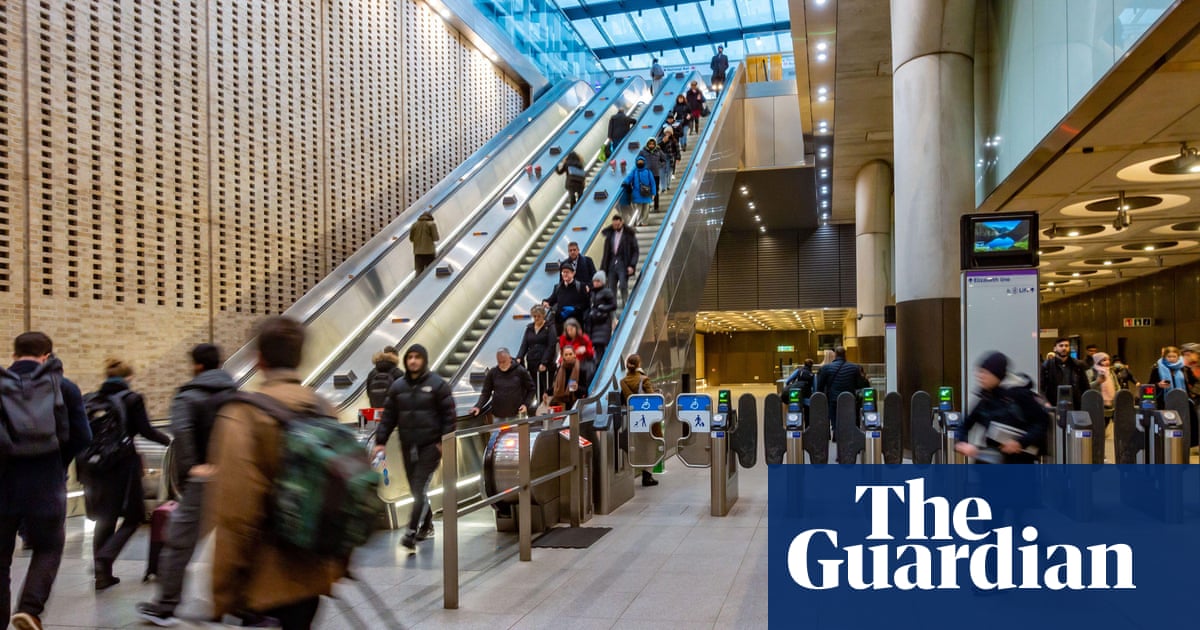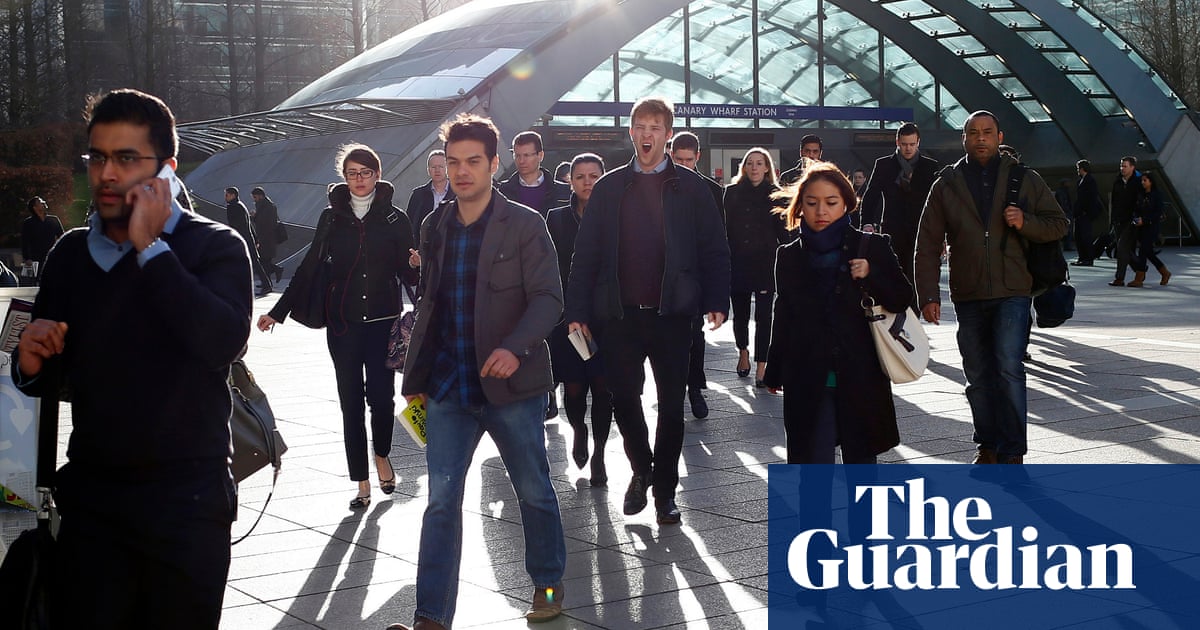
Pay growth in the UK slowed more than expected in November, in a sign that inflationary pressures have weakened more than the Bank of England was expecting when it issued its latest forecasts.
Average pay growth was 6.5% in November, down from 7.2% in the previous month, according to the Office for National Statistics, as the UK jobs market weakened in response to high interest rates and stagnation across much of the economy. Economists polled by Reuters had expected total average earnings of 6.8% in November.
Job vacancies tumbled at the fastest rate on record in December, the ONS said, in a further sign the UK labour market was now cooling.
The ONS said despite the drop in wages growth, recent falls in inflation meant real wages grew for the fifth month in a row, easing the pressure on household disposable incomes.
It added that overall, the jobs market remained stable with employment down only marginally and the unemployment rate unchanged at 4.2%.
The pound fell after the weaker than expected wage data prompted traders to raise bets that the Bank of England would start cutting interest rates in the spring. Sterling was down by 0.6% against the dollar at $1.2642.
The central bank is expected to re-examine its outlook for the economy when officials meet next month. Most analysts expect the Bank’s monetary policy committee to hint at several interest rate cuts this year after acknowledging the weakening labour market and recent falls in inflation as indications of further stagnation.
James Smith, the developed markets economist at ING, said it was probably a little early to expect a major change of direction by the Bank, “but recent data could lay the groundwork for a May cut as long as it continues to comply”.
He added: “The bottom line is that both wage growth and services inflation, the datasets that are guiding monetary policy right now, are below Bank of England projections.”
Financial markets expect five interest rate cuts this year by the Bank, taking interest down from 5.25% to below 4%.
One of the Bank’s key barometers, regular private sector pay growth, dropped further from a revised 7.2% in October (7.3% previously) to 6.5% in November, leaving it comfortably below the Bank’s prediction for it to still be at 7.2% in December.
Falling energy and fuel prices and the slowing economy have brought the headline rate of inflation down from 4.6% in October to 3.9% in November and are expected to exert further downward pressure in December when figures are released tomorrow.
Samual Tombs, the chief UK economist at Pantheon Macroeconomics, said there was likely to be some concern inside the Bank that the steady picture for employment showed much of the jobs market remained tight, limiting further falls in wages and vacancies.
The number of vacancies soared during the Covid pandemic as many older workers took early retirement, the number of workers signed off sick increased and younger workers opted to go back into education, but the ONS said vacancies fell for the 18th consecutive month in the three months to December, by 49,000 to 934,000.
Analysts have also become increasingly concerned about recent global shocks from conflict in the Middle East that could harm trade and push shop prices back up again.
The ONS figures on Tuesday showed that workers in the private and public sectors received almost the same level of pay rise, including bonuses, up by 6.4% and 6.6%, respectively, in the three months to November.
In the private sector, restaurants, hotels and retailers offered the biggest pay rises of 7.2% on average, followed by City and finance workers, who received 7% on average. Construction workers were at the bottom of the pay league table with rises averaging 4.5%, reflecting the severe downturn across the building industry.
The chancellor, Jeremy Hunt, said: “It has been tough for many families recently, but with inflation now falling and the economy gradually returning to growth today’s continuing rise in real wages will offer further relief.
“On top of this the cut in national insurance contributions will get more people back into the jobs market, not just supporting economic growth but saving a typical two-earner household about £1,000 this year.”












